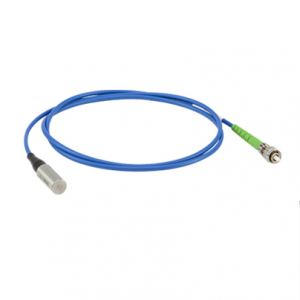It’s important to understand the polarization of light before diving into the details of polarization maintaining cable. Since light is an electromagnetic wave, it may oscillate in several different planes. In the field of optical communication, signal quality is preserved by keeping the polarization state constant.

The Obstacle: Mode of Polarization Dispersion
Signal deterioration in fiber optic communication can result from signal problems including distortion and dispersion. Polarization Mode Dispersion is one important reason causing this (PMD). PMD is the result of light traveling through an optical medium at varying speeds for distinct polarization states. This causes the signal to spread out over time and results in pulse broadening.
Maintaining Polarization in Cables: The Resolution
The purpose of polarization maintaining cables and polarization maintaining patch cable is to accurately regulate and maintain the polarization of transmitted light to prevent the effects of PMD. These particular optical fibers provide a durable and dependable medium for optical signal transmission because of their distinctive structure, which guarantees the retention of the initial polarization state.
Crucial Elements of Cables that Maintain Polarization
Core Design: PMC usually comprises of a core containing stress-applying elements that provide birefringence, or a variation in the refractive indices for various polarization states. Examples of these elements are stress rods and elliptical cores. Because of its construction, the cable is guaranteed to be extremely sensitive to the polarization of incoming light.
Preserving Polarization: During transmission, polarization rotation is prevented by the stress-induced birefringence in the core aligning with the polarization axis. Because of its careful design, the polarization state of the transmitted light is less affected by outside influences like temperature fluctuations and physical disturbances.
Applications of Polarization Maintaining Cables:
Telecommunications: In long-distance fiber optic communication networks, where signal integrity maintenance is critical, PMCs are essential. These cables are used in applications such as networks for communications, particularly in scenarios where low signal distortion and fast data speeds are crucial.

Sensing Frameworks: PMCs are perfect for a variety of sensing applications, such as distributed fiber optic sensors and interferometric sensors, because of their precise and stable polarization. These cables are essential components of systems that require great precision and sensitivity.
Research and Development: Polarization maintaining cable is essential for polarized light investigations in scientific research and lab environments. They improve the precision and dependability of measurements in disciplines including materials science, physics, and optics.





